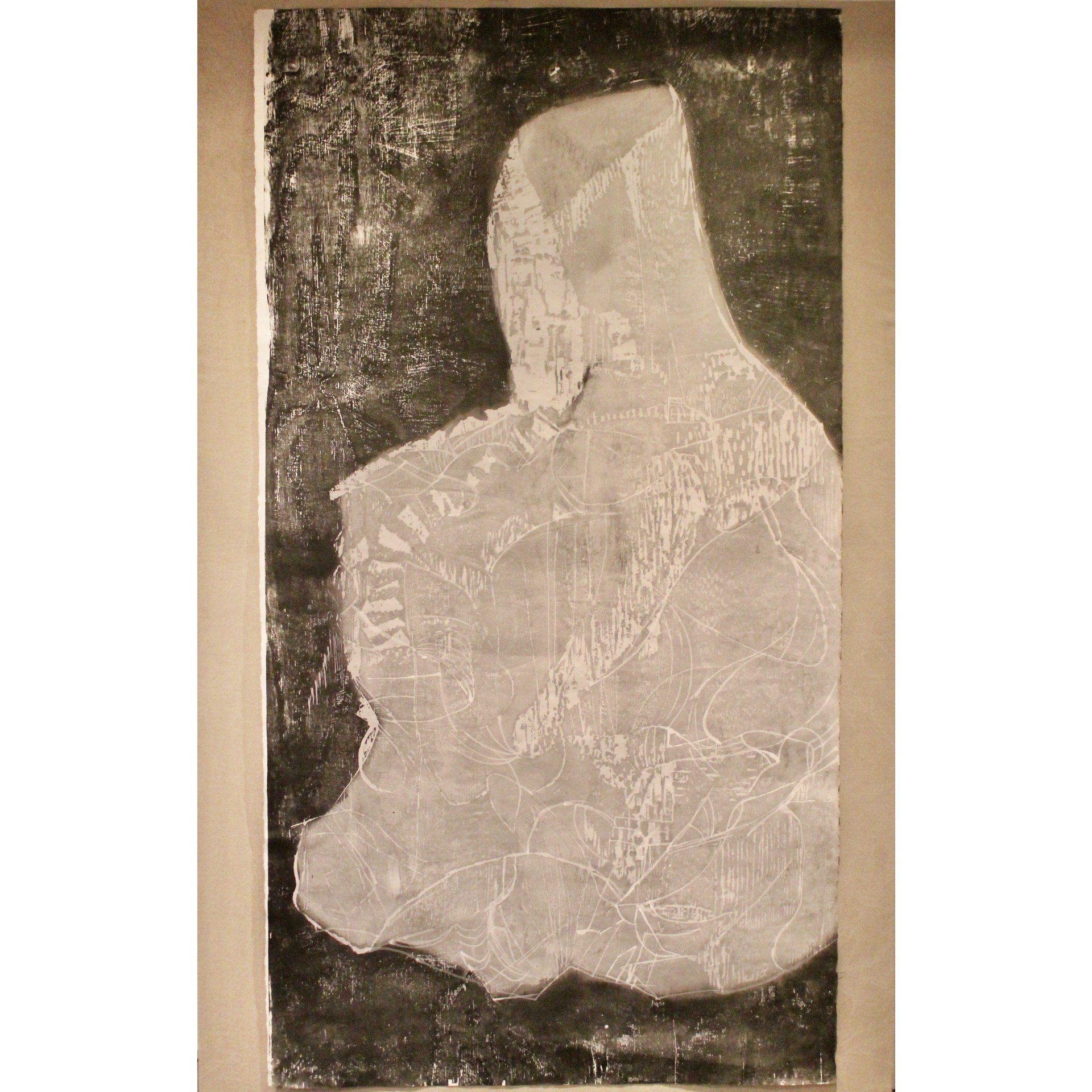Caroline Areskogjones
£0.00
available for orders over £1.00
Print is used as a method of enquiry in Caroline's rhizomatic practice with its foundation in drawing. Through a dialogue with the surface a work unfolds, transforming itself into a hybrid form often hard to categorise. The ambiguity exists between traditional and contemporary aesthetics, hovering in an uncertain space. Over the past year research and visits to the Natural History Museum Archive has led to a series of 'material responses' seen as 'fieldwork' - a gathering of works made thinking about conservation that exists at the intersection of art practice and ecology.
Quantity:
Print is used as a method of enquiry in Caroline's rhizomatic practice with its foundation in drawing. Through a dialogue with the surface a work unfolds, transforming itself into a hybrid form often hard to categorise. The ambiguity exists between traditional and contemporary aesthetics, hovering in an uncertain space. Over the past year research and visits to the Natural History Museum Archive has led to a series of 'material responses' seen as 'fieldwork' - a gathering of works made thinking about conservation that exists at the intersection of art practice and ecology.
Print is used as a method of enquiry in Caroline's rhizomatic practice with its foundation in drawing. Through a dialogue with the surface a work unfolds, transforming itself into a hybrid form often hard to categorise. The ambiguity exists between traditional and contemporary aesthetics, hovering in an uncertain space. Over the past year research and visits to the Natural History Museum Archive has led to a series of 'material responses' seen as 'fieldwork' - a gathering of works made thinking about conservation that exists at the intersection of art practice and ecology.

